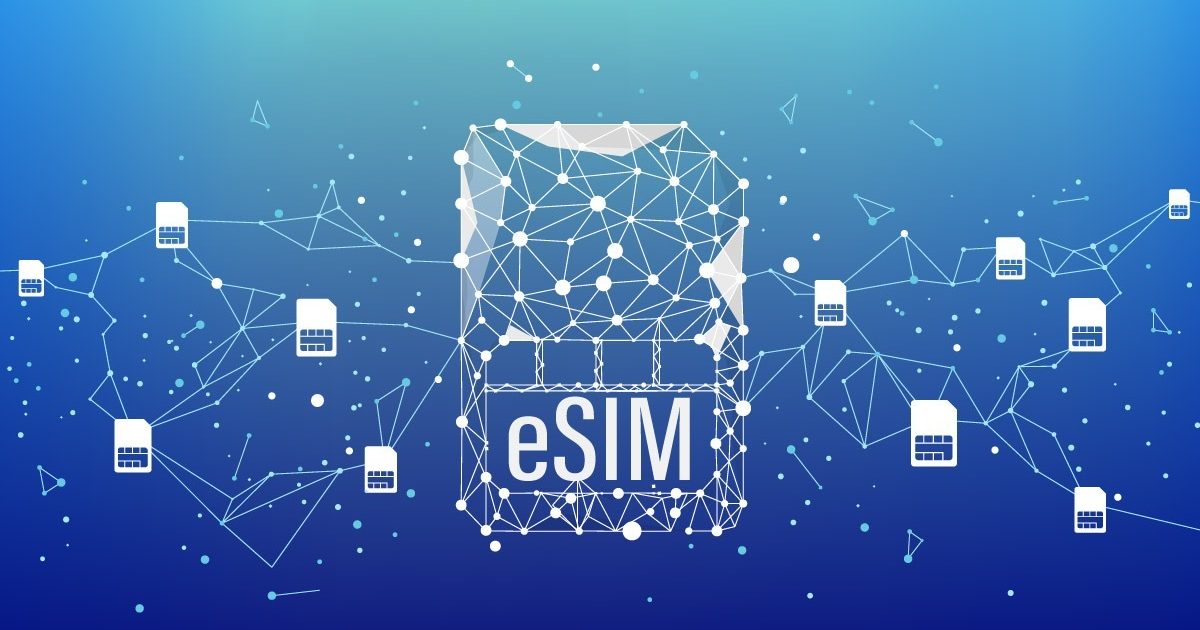
In September 2022, Apple launched the eSIM-only iPhone. In July 2023, GSMA released the new eSIM Internet of Things (IoT) technical specifications. On both the consumer and enterprise fronts, there is increasing pressure (and justification) for original equipment manufacturers (OEMs) to produce eSIM-enabled devices and for consumers and businesses to switch to eSIM.
Indeed, there is no question that mobile network operators (MNOs) must now provide eSIM support, either through an eSIM cloud or onsite platform. It would be unwise not to when the eSIM market is growing by leaps and bounds.
According to Juniper Research, the eSIM market size, which stood at $4.7 billion in 2023, is slated to grow by 249% to reach $16.3 billion by the end of 2027. While there are (and will continue to be) more consumer eSIM connections, the growth of IoT eSIM is forecasted to outpace the growth of eSIM smartphone connections.
Today, MNOs are no longer asking if they should switch to eSIM. The question now is how they will do so. Specifically, should they set up their own onsite eSIM management infrastructure or obtain cloud-hosted eSIM services from eSIM platform providers?
MNOs still deciding which of these two models they should go for should consider the advantages and disadvantages of both options. This article will help by covering the benefits of cloud-based eSIM management.
Traditional onsite deployments necessitate significant capital expenditure (CapEx) for infrastructure setup, including the rigorous and expensive process of getting their systems audited and certified. Add to this the cost of personnel and maintenance, and the investment required for onsite eSIM deployment quickly adds up.
The heavy financial costs initially required by building an eSIM platform onsite can be difficult to justify to stakeholders. Sure, this investment can pay for itself in the long run, but a network operator must accept that no returns will be forthcoming for a while.
Additionally, spending a significant amount of money on onsite eSIM management servers, technologies and personnel can deplete financial resources. This can leave MNOs without the money to spend on separate or complementing projects.
In contrast, software as a service (SaaS) cloud eSIM management platforms have affordable pricing models. Often available on pay-only-for-what-you-use schemes, eSIM cloud services convert the cost of eSIM management from a fixed CapEx to a variable operational expense (OpEx). This means the money MNOs are spending on eSIM is generating revenues and directly contributing to their income.
Cloud eSIM offers flexibility. Since MNOs don’t need to invest in servers, software, certifications, and personnel, they can evolve their service offerings according to market demand instead of being constrained by the need to maximise the utility of their onsite eSIM infrastructure.
Additionally, hosted eSIM platform providers do not lock MNOs in rigid and long-term contracts. As mentioned earlier, they typically provide their services on a pay-as-you-go model.
Thus, using cloud eSIM platforms gives MNOs the liberty to dictate their business direction. They can obtain more resources, services and features as their customer base grows. They can even switch platforms, as needed, depending on their technical and business requirements.
With cloud eSIM, network operators can be more agile. They can pivot their strategies, explore new market opportunities and adjust their service offerings as needed.
With cloud ESIM, MNOs don’t need to build anything, integrate systems, hire technical personnel, etc. Everything MNOs need, including tech support, comes with the cloud eSIM solutions. This means MNOs can get their eSIM service up and running in days.
Contrast that to the complexity of building an onsite eSIM system. Setting up equipment, procuring and installing software, integrating existing systems with the platform for compatibility, hiring the personnel to run and maintain the eSIM platform, getting the system audited, and getting the eSIM infrastructure certified – all these typically take one to one-and-a-half years.
By the time an MNO with an onsite eSIM deployment is ready to provide subscribers and enterprises with eSIM services, the competition might have already won the market. Additionally, their technology might have already become dated, if not obsolete.
Cloud eSIM platform providers keep their systems up-to-date and aligned with current standards and specifications. This benefits MNOs on these hosted platforms.
By running eSIM operations from cloud eSIM platforms, MNOs can keep up with the latest consumer requirements. They can provision the latest companion and IoT devices, offer enriching value-added services and benefit from up-to-date security measures. For instance, MNOs can roll out 5G business solutions with their eSIM services.
Cloud eSIM is a plug-and-play eSIM solution. MNOs that want to shift to eSIM now can start offering eSIM connectivity immediately by taking advantage of hosted eSIM management options.
Cloud eSIM platforms require only a minimal upfront investment, integration and commitment. They are also continuously updated with the latest specifications.
With cloud eSIM, MNOs will always be at the forefront of the latest developments, poised and ready to take advantage of new eSIM opportunities. Ultimately, it empowers network operators to stay competitive in a fast-evolving and competitive telecom market.




This section of articles cover a diverse spectrum of informative and engaging content that goes beyond borders of UAE and covers the rest of the World. From insightful explorations of scientific breakthroughs and technological innovations to captivating features on cultural phenomena and lifestyle trends, these articles provide our readers with a wealth of knowledge and inspiration. Whether uncovering the latest advancements in health and wellness, sharing tips for personal development, or spotlighting intriguing stories from around the world, this category serves as a trusted source of news and information.